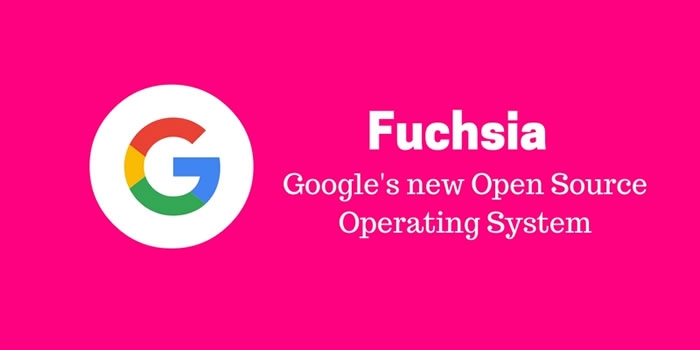VVPAT – Voter Verifiable Paper Audit Trail
Voter Verifiable Paper Audit Trail (VVPAT) machines are used during election process to verify that the vote polled by a voter goes to the correct candidate. VVPATs are a second...

We’ve known for a while now that Google is working on a mysterious new operating system known as “Fuchsia.” Unlike Android or Chrome OS that are based on Linux, Fuchsia is built on a new, Google-built kernel called “Magenta” instead.
It turns out Fuchsia has come a long way from the command line form it existed in when it was first uncovered last August. Google has since added an early user interface to its new operating system featuring a card-based design, as can be seen in Images Google’s Android platform is the most widely used mobile operating system in the world. In fact, it’s so popular right now that it’s beyond difficult to imagine a future without Android. Of course, people at one point felt the same way about early smartphone platforms like Symbian and BlackBerry OS, which have been almost completely wiped from the face of the Earth at this point. Some day, iOS and Android will be distant memories as well.
If there’s one thing companies like Nokia and BlackBerry taught us, it’s that companies at the top can only stay at the top if they’re constantly preparing for the future. So, rather than rest on its laurels and sit pretty while Android continues to dominate the smartphone market, Google is already hard at work on a fresh new mobile platform called Fuchsia, which may some day completely replace Android.
First, it’s worth going over exactly what Fuchsia is, because it’s been quite a while since we talked about it. As opposed to all of Google’s other OSes, such as Android and Chrome OS, Fuchsia uses the company’s new ‘Magenta’ kernel instead of Linux. According to the project’s documentation, Magenta is designed for “modern phones and modern personal computers with fast processors, non-trivial amounts of ram with arbitrary peripherals doing open ended computation.”
Magenta’s apps and the system interface are written with Google’s Flutter SDK, which was initially designed to create cross-platform apps for iOS and Android. Flutter applications are written in Dart, the company’s home-grown programming language. All of the system and apps are rendered by ‘Escher,’ which uses OpenGL or Vulkan to display everything.